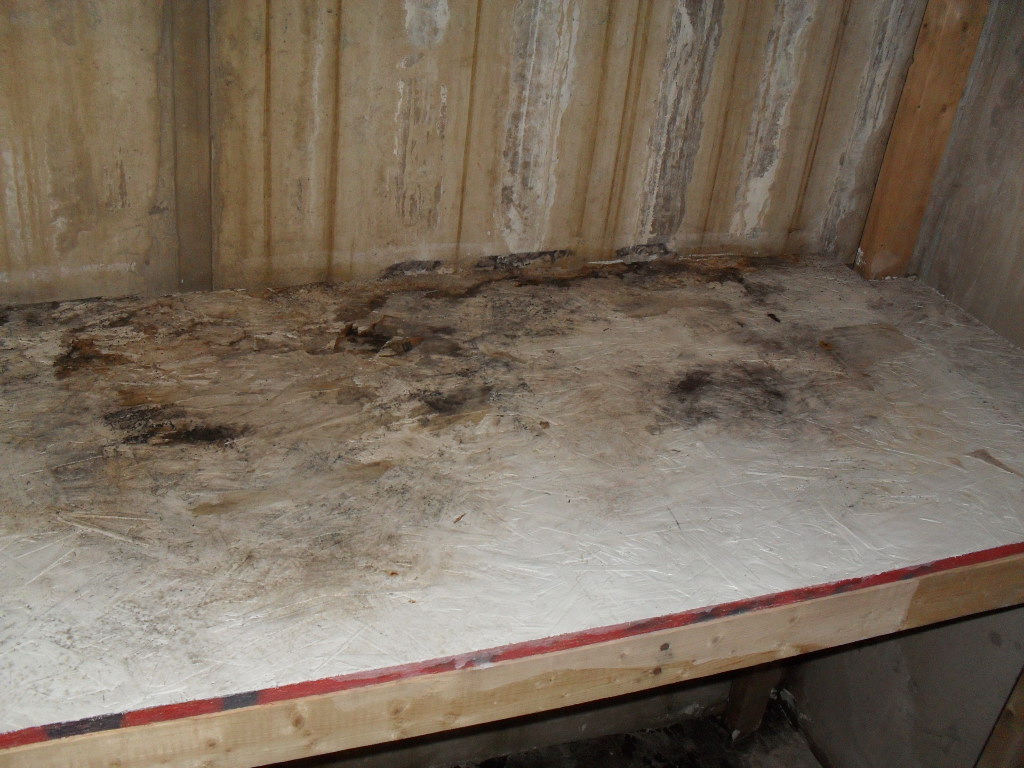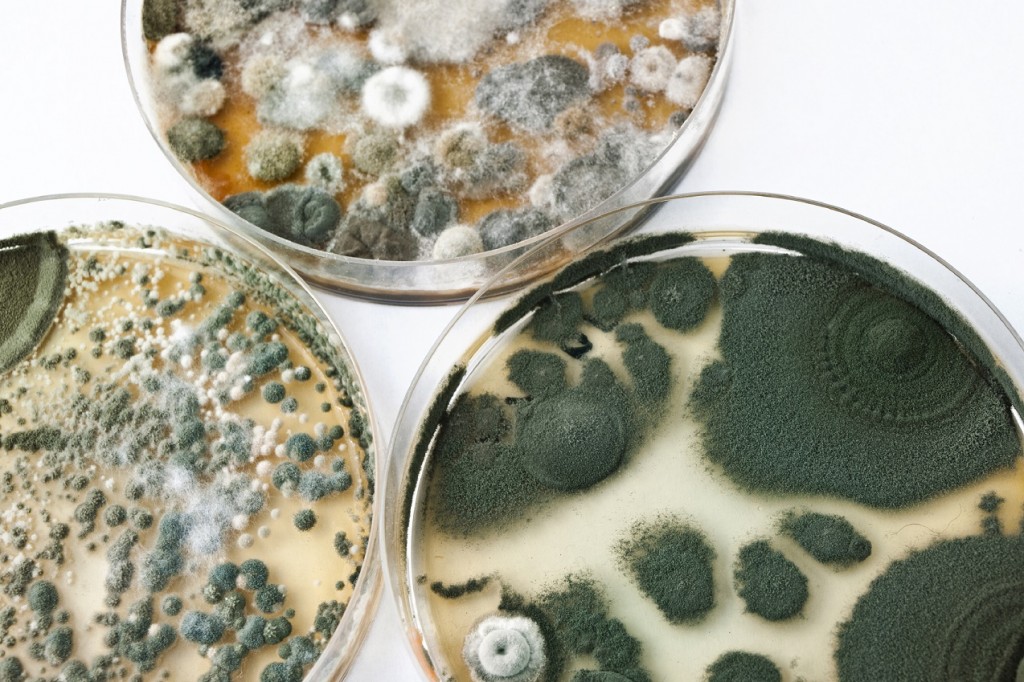
Either way theres no need to fear mold. However the cold temperature will not cause the mold to die.

You do not need to know the type of mold growing in your home and CDC does not recommend or perform routine sampling for molds.
Does mold survive freezing. Unfortunately freezing mold will not kill it it actually ensures its longevity by keeping it dormant. But what is molds freezing tolerance. Well according to CDCs Procedure for Preserving Yeast and Mold Isolates the mold is preserved at a temperature of -70 158 to.
Molds wont grow below freezing but they can easily survive the process. With that in mind possibilities include that the mold grew before you put the tortillas in the freezer while they were cooling in the freezer and after they were removed from the freezer. Mold cant survive in freezing temperatures so it wont be a problem for the exterior of your home during cold days.
On the other hand your warm home might also become home to the mold. In order for mold to grow it needs a food source to metabolize and moisture water content. External factors like the presence of oxygen as well as the appropriate temperature have a big impact on the survive-ability of mold.
Hot humid weather can bring it on and the depths of winter also promote mold when outdoor temperatures drop low enough to trigger running condensation on windows. Either way theres no need to fear mold. Thats because there are safe ways to kill it and keep it from coming back.
Moldy bread is most certainly an unwelcome sight first thing in the morning. The presence of the greenish blue fungi typically means the moist bread has been left in a warm confined environment for a day or two. If moisture and warmth lead to mold the natural question might be whether the opposite – a dry frozen environment – will destroy it.
Home The Water Log How long does it take for mold to die without moisture. How long does it take for mold to die without moisture. Learn when you may need mold removal.
What exactly is mold. Mold is a foul smelling fungus that grows in hyphae hyphae are multicellular filaments. Mold grows in different colors ranging from dull blacks and whites to vibrant greens and oranges.
You can freeze off a mole with the use of super-cold liquid nitrogen performed by a licensed doctor dermatologist or skin specialist. The mole can fall off after one or more sessions depending on its size. At most the whole treatment process could take 10 to 14 days for the mole to fall off.
Freezing temperatures can cause mold spores to hibernate but it doesnt kill them. Immediately when temperatures rise after a winter spell the spores will reactivate and grow into mold. Even when the indoor and outdoor temperatures drop the availability of food and moisture can sustain the dormant spores through to the next warm season.
Freeze the mold-covered object in a ziplock bag in the freezer for a good couple of hours. After a few hours see if the mold shows to be frozen Remove the item from the freezer and wash it with a mild detergent and cold water. Again if the article.
You do not need to know the type of mold growing in your home and CDC does not recommend or perform routine sampling for molds. No matter what type of mold is present you should remove it. Since the effect of mold on people can vary greatly either because of the amount or type of mold you cannot rely on sampling and culturing to know your health risk.
So the answer is yes. However different types of mold require different amounts of moisture. In fact some species of mold require vary little water and can actually survive in the desert.
Your best bet to avoid major mold problems is to always dry wet or moist materials and surfaces. Are dry mold spores harmful to human health. Anywhere above 75 humidity is ideal for mold growth.
Oxygen Disgusting as they look mold are living beings and need oxygen to grow reproduce and survive. Many types of mold can survive even in pretty low amounts of oxygen. Food Source Annoyingly enough mold and mildew can use almost anything as a food source.
At 0 degrees Fahrenheit or less mold is no longer able to multiply. However the cold temperature will not cause the mold to die. Freezing helps in the mold removal process by keeping the problem from getting worse.
In the meantime you can prepare to dispose of the fungi and work toward cleanup. Molds are microscopic fungi that live on plant or animal matter. No one knows how many species of fungi exist but estimates range from tens of thousands to perhaps 300000 or more.
Most are filamentous threadlike organisms and the production of spores is characteristic of fungi in general. Chances of mold growth are heightened greatly between those temperatures. You may be wondering why mold can grow in your freezer.
Mold doesnt die when temperatures drop below 32 degrees they lay dormant until temperatures raise or they are.